Criteria vii, ix, x UNESCO World Heritage Site inscription 2008 | Type Natural Reference 1115 | |
UNESCO region Europe and North America | ||
The New Caledonian barrier reef is located in New Caledonia in the South Pacific, and is the second-longest double-barrier coral reef in the world, after the Belize Barrier Reef.
Contents
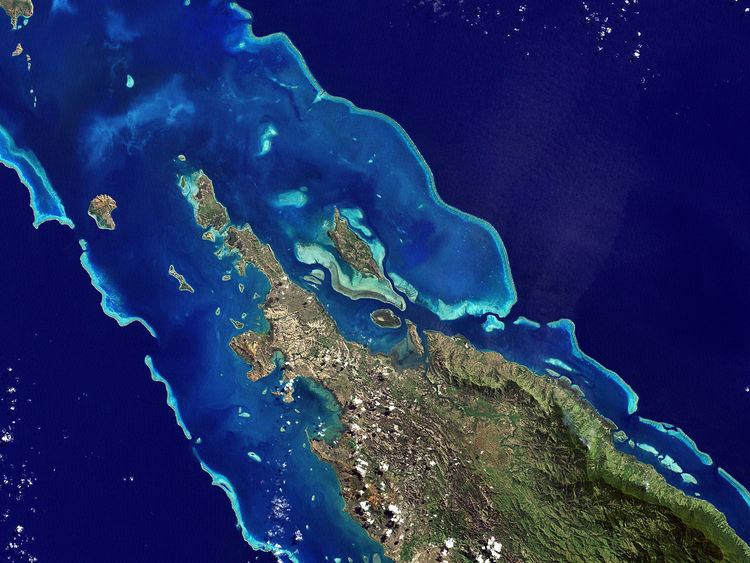
The New Caledonian barrier reef surrounds Grande Terre, New Caledonia's largest island, as well as the Ile des Pins and several smaller islands, reaching a length of 1,500 kilometres (930 mi). The reef encloses a lagoon of 24,000 square kilometres (9,300 sq mi), which has an average depth of 25 metres (82 ft). The reefs lie up to 30 kilometres (19 mi) from the shore, but extend almost 200 kilometres (120 mi) to the Entrecasteaux reefs in the northwest. This northwestern extension encloses the Belep Islands and other sand cays. Several natural passages open out to the ocean. The Boulari passage, which leads to Noumea, the capital and chief port of New Caledonia, is marked by the Amédée lighthouse.
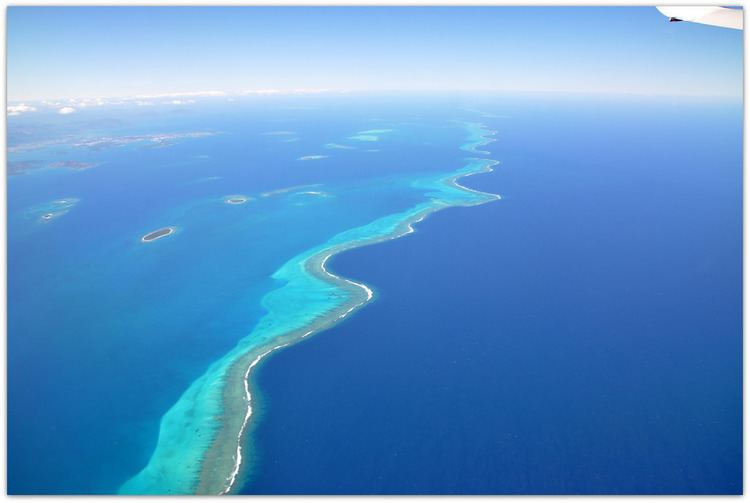
Ecology
The reef has great species diversity with a high level of endemism, and is home to endangered dugongs (Dugong dugon), and is an important nesting site for green sea turtle (Chelonia mydas). In the lagoons of New Caledonia there are many water species ranging from plankton to larger fish and even sharks.
Environmental Threats
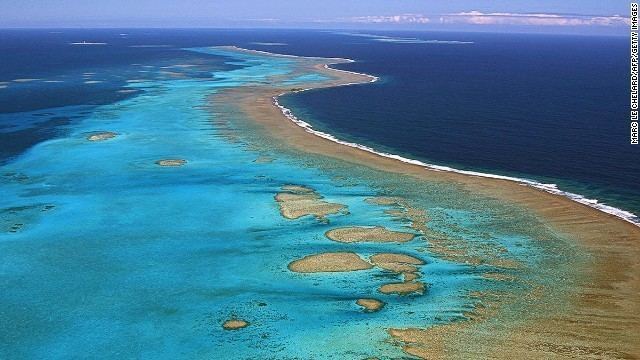
Most of the reefs are generally thought to be in good health. Some of the eastern reefs have been damaged by effluent from nickel mining on Grand Terre. Sedimentation from mining, agriculture, and grazing has affected reefs near river mouths, which has been worsened by the destruction of mangrove forests, which help to retain sediment. Some reefs have been buried under several metres of silt.
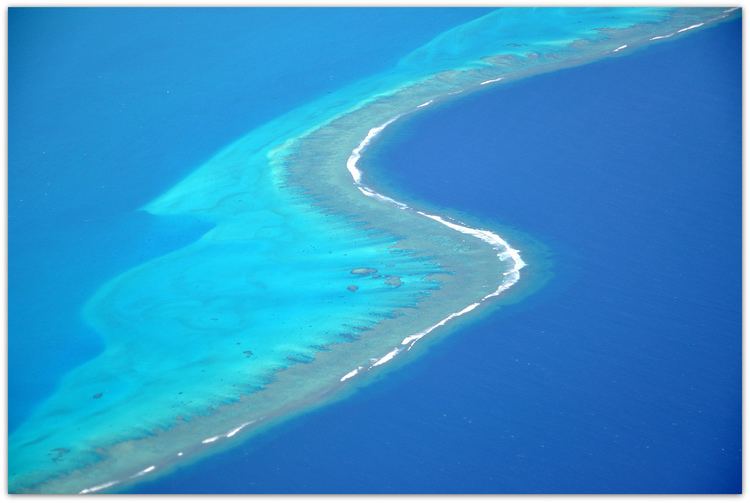
In January 2002, the French government proposed listing New Caledonia's reefs as a UNESCO World Heritage Site. UNESCO listed New Caledonia barrier beef on the World Heritage List under the name The Lagoons of New Caledonia: Reef Diversity and Associated Ecosystems on 7 July 2008. The Lagoons were listed under three UNESCO categories:
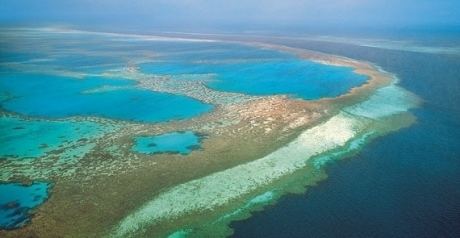
There are 13 local management committees, composed of tourist operators, fishermen, politicians and chiefs of local tribes which work with the community to monitor the health of the lagoons.
Human Use
Scuba Diving is very popular, with many dive sites in the lagoon and around the reef. These include the Prony needle, the Shark Pit and the Cathedral.
